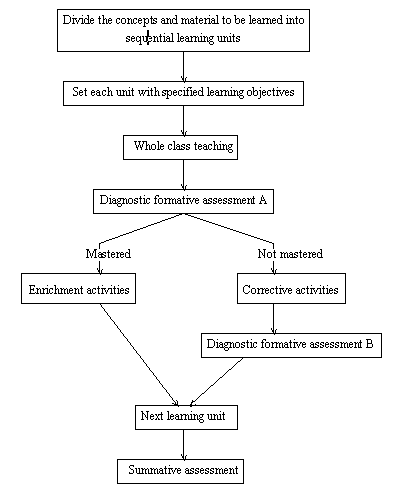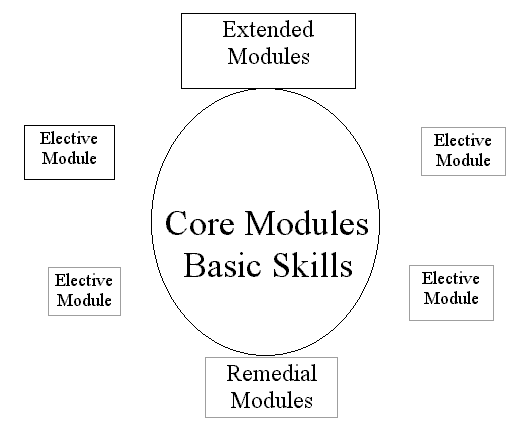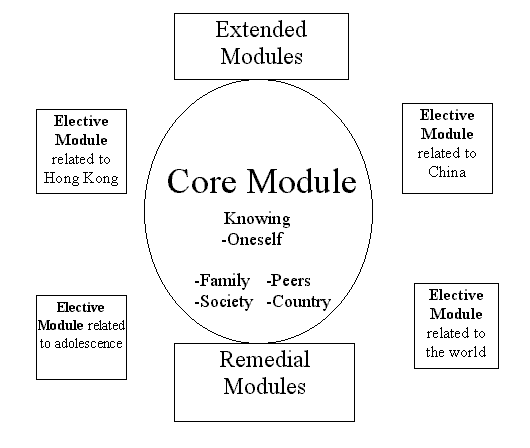(Based on information of March, 1997)
Date of Receiving
No. of Pupils
Name of school
Subsidy
Sex
School Section
(No. of Classes)
Residential Section
Primary
Junior Sec
Society of Boys' Centres-
Shing Tak Centre School
1970
M
105 (7)
--
60
Society of Boys' Centres-
Chak Yan Centre School
1974 (Primary)
1983 (Junior Secondary)
M
165 (11)
105 (7)
160
Society of Boys's Centres-
Hui Chung Sing Memorial School
1978
M
--
150 (10)
--
Good Shepherd Sisters-
Marycove School
1970
F
15 (1)
90 (6)
80
Good Shepherd Sisters-
Pelletier School
1970
F
--
105 (7)
80
Hong Kong Juvenile Care Centre-
Chan Nam Cheong Memorial School
1970 Primary section only, named as Hong Kong Juvenile Care Centre
1993 started S1
1994 moved to new premises and changed to present name
M
15 (1)
120 (8)
120
Hong Kong Student Aid Society-
Tung Wan Mok Law Shui Wah School
1975 named as Tung Wan School
1992 changed to present name
M
75 (5)
--
60
Hong Kong Sea School
(Changed to Practical School in 1993)
1970
M
--
70-93
510 (17)
70-93
450 - 510
Gardner (1983) argues that our traditional conception of intelligence as primarily linguistic and logical abilities is too narrow. As adapted from the ASCD book Multiple Intelligences in the Classroom by Thomas Armstrong, Howard Gardner's theory of multiple intelligences advocates that all people possess seven distinct sets of capacities. He also emphasizes that these intelligence work in concert and not in isolation. The seven intelligences are :
1. Spatial : The ability to perceive the visual spatial world accurately and to perform transformation upon one's perceptions. 2. Bodily kinaesthetic : Expertise in using one's whole body to express ideas and feelings and facility in using one's hands to produce and transform things. 3. Musical : The capacity to perceive, discriminate, transform and express musical forms. 4. Linguistic : The capacity to use words effectively, either orally or in writing. 5. Logical mathematical : The capacity to use numbers effectively and to reason well. 6. Interpersonal : The ability to perceive and make distinctions in the moods, intentions, motivations and feelings of other people. This intelligence can include sensitivity to facial expressions, voice, and gestures as well as the ability to response effectively to such cues. 7. Intra-personal : Self-knowledge and the ability to act adaptively on the basis of that knowledge. This intelligence includes having an accurate picture of one's strengths and limitations, awareness of one's moods and motivations and the capacity for self- discipline. By addressing all seven intelligences in their classroom, some teachers find the following advantages :
(1) It helps more pupils to succeed thus promoting their self-worth and comfort level. (2) It helps pupils become all rounded. (3) It makes schools more engaging and motivating. (4) It encourages teachers to nurture all pupils' strength and challenge them in areas where they are less developed. (5) Some pupils who are not strong in linguistics and logical areas are learning much better. (6) Pupils are more accepting of one another. (7) It enhance teachers' awareness of the difference among their pupils. Ways of implementing the concept of multiple intelligence in the classroomsˇG
1. Weave as many intelligences as possibly appropriate for the topics into teaching through thematic approach, interdisciplinary projects; creates seven activity centres in the classroom. 2. Through team approach of teachers, call on outside expertise and /or teachers' self-development to cope with the variety of demands on teachers' aptitudes. 3. Teach and assess in multiple ways. Pupils should be allowed different but reliable means of demonstrating their knowledge.
Possible labels and limits
It must be brought to the notice that if misinterpreted multiple intelligences can become the basis for another form of tracking pupils into seven streams. Teachers should appreciate that an intelligence can be enhanced and changed, based on needs, motivation and opportunity. Thus the idea of multiple intelligence should not be used as labels that limit pupils opportunities or their sense of their own potentials.
|
TARGETS |
CONTENT OF LEARNING |
CURRICULUM STRATEGIES |
ASSESSMENT |
|||
|
Hierarchy of
Learning Targets and
Objectives |
Knowledge |
Thinking |
Skills |
Attitude |
1.
Emphasis on the five fundamental interwining WAYS OF LEARNING AND USING
KNOWLEDGE |
Formative Assessment |
|
Subject Learning Targets
Dimension
for Each Key Stage
Learning Objectives |
e.g. -framework
of knowledge -theories -concepts -information
and facts |
e.g. -interpreta-tion -conceptuali-sation -knowledge
construction -reasoning (application, analysis, synthesis,
evaluation) -problem-solving -creative thinking |
e.g. -subject
specific skills -study
skills -communi-cation
skills -psychomo-tor
skills |
e.g. -feeling -apprecia-tion -interests -motivation -values -confidence -disposition |
2. Modules and Units, Graded Learning TASKS and
EXERCISES 3. Emphasis in INTEGRATIVE USE OF SUBJECTS 4. RECYCLING of learning points 5. Developing EVER-IMPROVING abilities 6. More attention and assistance for INDIVIDUAL
LEARNERS
7.
Catering for INDIVIDUAL DIFFERENCE
8.
Emphasis on PROCESS as well as PROGRESS 9. Emphasis on learner independence and LEARNING
HOW TO LEARN |
shows learnersˇ¦ progress by the end of
year/key stage, by means of, e.g. a) calibrated assessment tasks and b) Bands of Performance according to Reporting shows to parents how learner progresses;
by means of mainly, e.g. a) Bands of Performance to show where the learner is in the entire picture
of b) teachersˇ¦ comments on learnersˇ¦ strength and weakness External Summative Assessment shows learnersˇ¦ performance by the end
of Key Stage in territory-wide setting
|
|
|
These four areas are inter-related
and should be integrated through Curriculum
Strategies |
|
by means of mainly, e.g. a) Bands of Performance
and b)
bands related scores |
|||
|
Five fundamental interwining
WAYS OF LEARNING AND USING KNOWLEDGE permeate through the entire curriculum: COMMUNICATION, INQUIRING,
CONCEPTUALISATION, REASONING, and PROBLEM SOLVING |
||||||




The membership of the Working Group since 23 September 1995 has been as follows:
Chairman:
Mrs CHOW LUK Ying-pui
Society of Boys' Centres - Hui Chung Sing Memorial SchoolEx-officio
Specialist (Educational Psychology / Special Education),
Members:
Services Division, Education Department (Mrs Christina LEUNG)
Inspector, Special Education Inspectorate, Services Division, Education Department (Mr YU Wai-ping, from September 1995 to April 1997)
(Mr LEE Wan-lung, from April 1997 )Principal Curriculum Officer, Gifted and Less Able Unit, Curriculum Development Institute, Education Department
(Mr YUNG Ka-kui, from November 1996)Members:
Mr POON Sun-ming
Hong Kong Juvenile Care Centre Chan Nam Cheong Memorial SchoolMs CHU Choi-ling
Marycove SchoolMs KWAN Wai-fong
Pelletier SchoolMr NG Yeung-ming
(from September 1995 to July 1997)
Society of Boys' Centres - Chak Yan Centre SchoolMs NG Shuk-ying
(from July 1997) Society of Boys' Centres - Chak Yan Centre SchoolMr LEE Kum-ming
Society of Boys' Centres - Chak Yan Centre SchoolMr CHIU Quin-fe Society of Boys' Centres - Hui Chung Sing Memorial School
Ms CHAN Yin-wan
(from April 1997) Society of Boys' Centres - Shing Tak Centre SchoolMr LEUNG Sai-kit Society of Boys' Centres - Shing Tak Centre School
Mr TAM Wai-kuen
(from September 1995 to September 1996)
Tung Wan Mok Law Shui Wah SchoolMr LEUNG Wai-ming (from September 1996)
Tung Wan Mok Law Shui Wah SchoolMs TANG Shui-mui
Tung Wan Mok Law Shui Wah School
Ms May CHAN
Society of Boys' CentresMr YUNG Ka-kui
(from September 1995 to November 1996)
University of Hong KongMs HEUNG Woon-king
(from September 1995 to September 1996)
Hong Kong Institute of EducationMr SIN Kuen-fung
(from September 1996)
Hong Kong Institute of EducationSecretary:
Senior Inspector, Gifted and Less Able Unit, Curriculum Development Institute, Education Department
(Mrs Susan LEUNG)